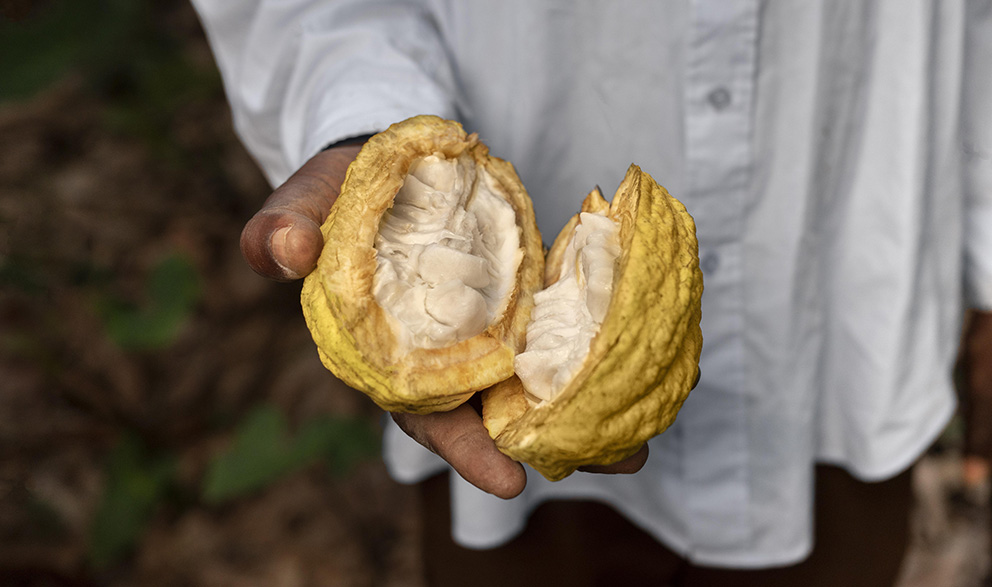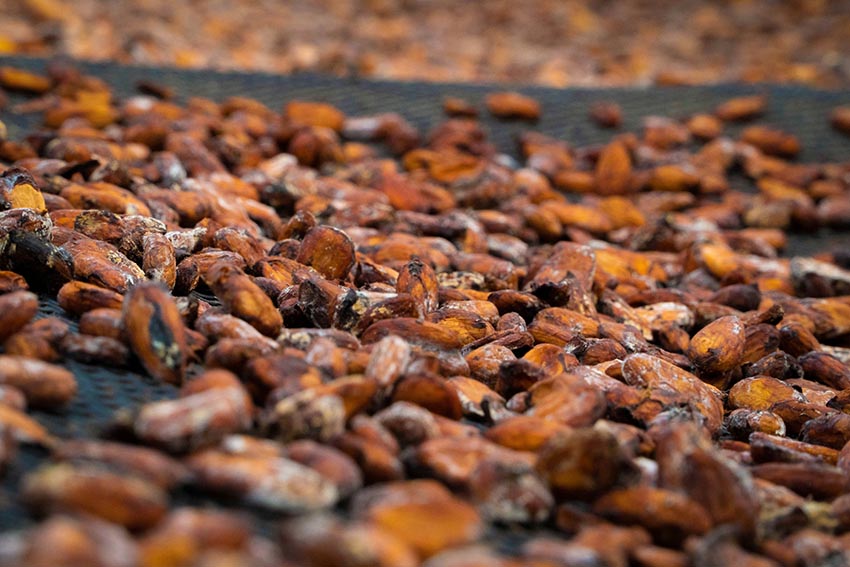Comparative analysis reveals the complexity of achieving decent incomes in cocoa production systems in Colombia, Ecuador, and Peru
A comprehensive comparative study of 15 cocoa production systems in Colombia, Ecuador, and Peru reveals that economic viability and the ability to generate decent incomes for smallholders depend on a complex interaction of factors, including prices, yields, farm size, diversification, and access to subsidies.
The study, which used the “typical farm” methodology, analyzed production systems in six different agroecological regions, considering both conventional and organic systems, as well as different levels of intensification and diversification. Detailed data on costs, yields, prices, and management practices were collected, allowing for a rigorous assessment of the profitability and income-generating potential of each system.

The main findings of the research were:
- Variable economic viability: Only eight of the fifteen systems analyzed proved to be economically viable, while the remaining systems generated significant losses.
- Combination of factors: Economic viability depends on a favorable combination of factors, including sufficient prices and yields, land availability, adequate labor allocation, timely diversification, subsidies, and low production costs.
- Access to land: Even producers with highly productive plantations may find themselves in highly vulnerable conditions due to their limited access to land, which is why it is necessary to look at the overall situation of families, and not just their cocoa plots.
- Importance of prices and yields: High cocoa prices and high yields were identified as critical factors for profitability. However, the study warns that relying exclusively on international market prices can be risky due to the inherent volatility of these markets.
- Diversification as a key strategy: Diversifying production systems by including other crops or livestock activities can improve income stability and reduce vulnerability to fluctuations in the cocoa market. However, there are cases where the profitability of other products compensates for losses from poorly managed or low-priced cocoa. Therefore, diversification in the early stages of cultivation and proper management of cocoa throughout the life of the plantation are critical factors.
- Role of subsidies: Subsidies can play an important role in improving the economic performance of cocoa production systems, especially for those producers who face constraints in terms of access to land, technology, or markets.
This research offers valuable information for policymakers, researchers, and international cooperation actors working in the cocoa sector:
- Differentiated approach: A differentiated approach is required for support policies and programs, taking into account the specific characteristics of each territory, production system, and the needs of producers, understanding that different production systems generate different environmental and social impacts. It is suggested that politicians, NGOs, and decision-makers who wish to continue supporting the chain pay greater attention to environmental and social effects when determining which production systems to promote, as well as the landscapes where cultivation will be promoted, avoiding unsustainable development.
- Investment in research and development: It is essential to invest in research and development to improve the productivity of cocoa production systems, especially by seeking earlier production or diversified models that generate sufficient income in the early stages of cultivation.
- Strengthening value chains: Cocoa value chains must be strengthened by promoting transparency, equity, and sustainability, and ensuring that producers receive a fair price for their product. In addition, policies that guarantee access to land must continue to be promoted.
The study was conducted using cocoa, input, and labor prices from 2023, allowing us to observe which types of producers had been accumulating losses up to that year. In 2024, there has been exponential price growth, representing a change in the landscape and making cultivation much more economically attractive. However, the possible fluctuation of grain prices in the future, together with the continuous increase in the costs of inputs, labor, and the cost of living for producers, suggest that it is necessary to take advantage of this period of high income to invest in crop management and increase the sector’s resilience to new shocks.
The team of researchers led by Andrés Charry suggests the need to use standardized indicators and consistent assumptions to enable more reliable comparisons between cocoa production systems. It also recommends further research into the impact of support policies and programs on the economic and social sustainability of cocoa producers.
The research, carried out within the framework of the Clima-Loca project, contributes significantly to understanding the complexity of cocoa production in the tropical Andes and provides a solid basis for the formulation of policies and programs that promote more sustainable and inclusive development of the sector.
Click here to access the full publication.

